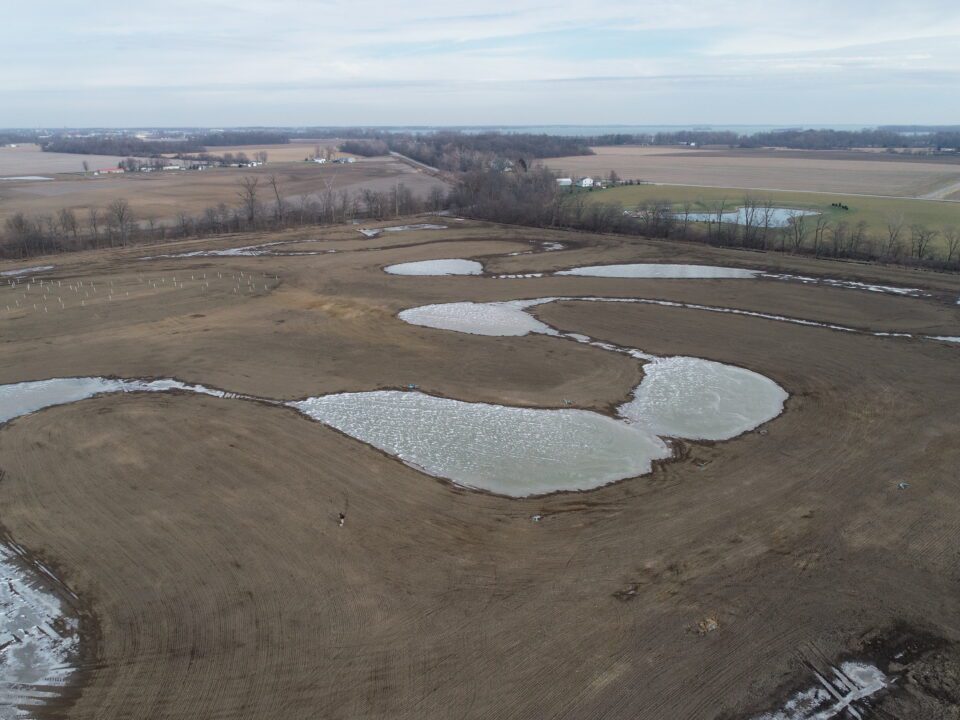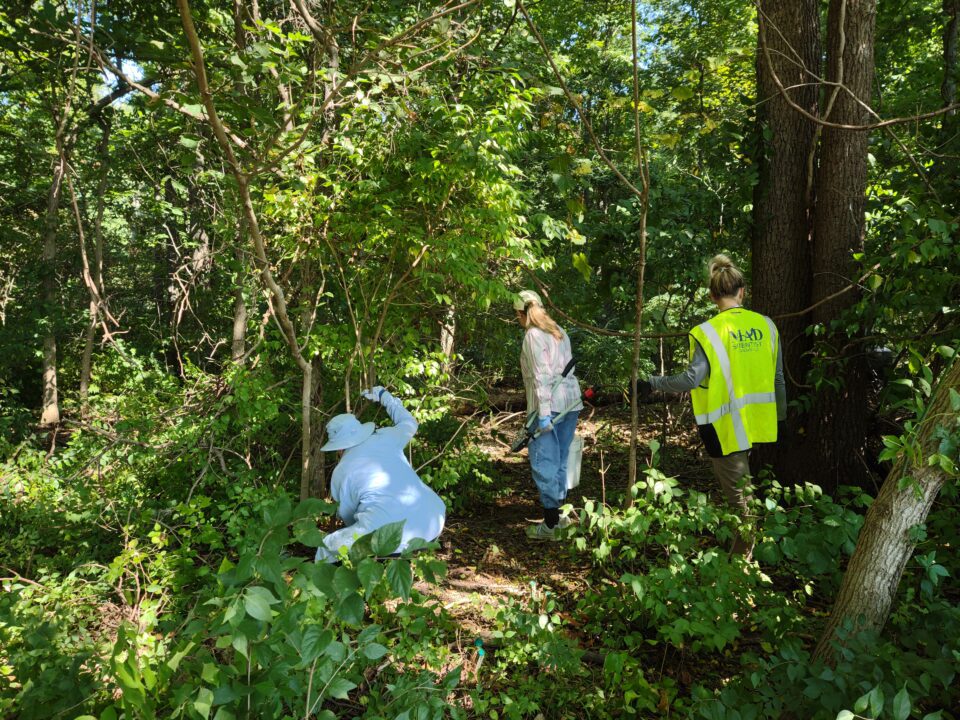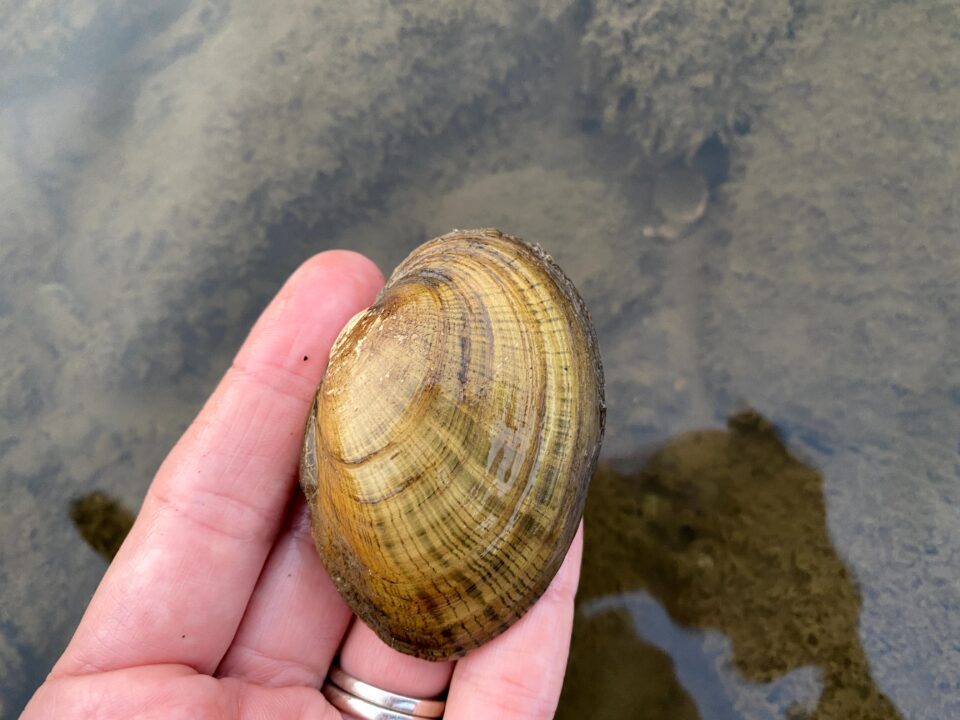January 11, 2022
Grand Lake St. Mary’s (GLSM) is located in northwest Ohio, in a heavily agricultural watershed that produces a significant portion of our state’s grains and livestock. Runoff from row crop agriculture and concentrated animal feeding operations (CAFOs) has resulted in excessive nutrient loading to the lake, resulting in an increased frequency of harmful algal blooms (HABs). The proliferation of HABs can make the lake unsafe for swimming and adversely affects tourism, and this causes a damaging ripple effect on the local economy. Significant efforts by farmers and local officials have been ongoing since the HABs first appeared, and the lake conditions have been improving as a result of these efforts. Catalyzing these efforts, the State of Ohio has created the H2Ohio grant program to assist […]








